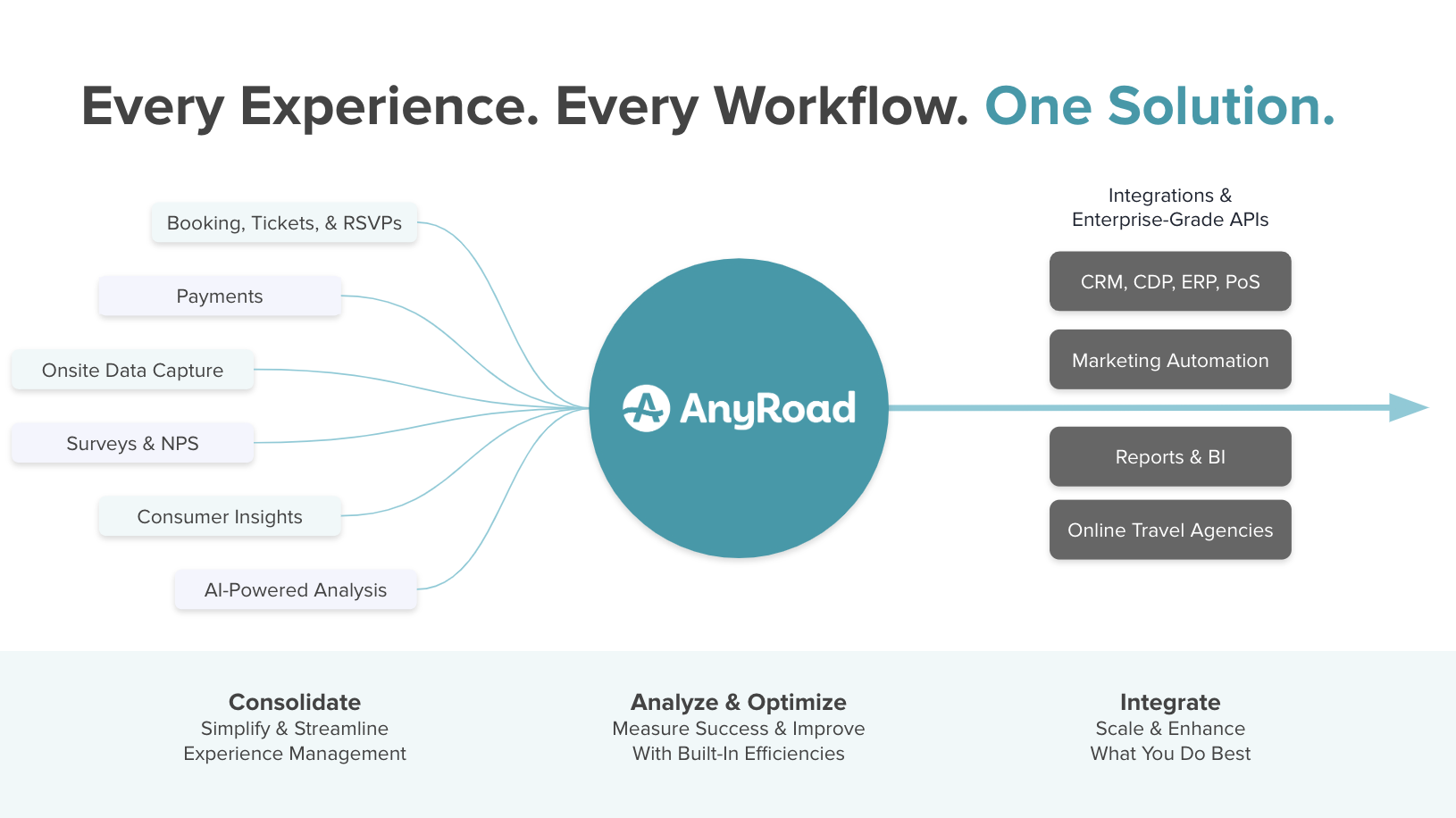What are Interactive Experiences?
Interactive experiences in marketing are multi-faceted, engaging encounters where an individual actively participates with a brand or installation instead of receiving information passively. Technology usually facilitates this engagement to make the interaction more immersive, memorable, and meaningful. Interactive experiences can be used for many purposes, including education, marketing, entertainment, and more.
Importance of Interactive Experiences
Increasing User Engagement
The primary aim of interactive experiences is to boost user engagement. Interactive elements encourage participation, fostering a deeper connection with the content or product. When users feel like they are part of the story, they are more likely to stay engaged and have a positive experience with the brand.
Enhancing Memory and Learning
Studies have shown that interactive experiences facilitate better recall and comprehension due to the active involvement of the user. This is because interactive experiences stimulate various senses and involve cognitive processes such as problem-solving and decision-making. By creating meaningful interactions that provide value to consumers, marketers can enhance the overall perception of their brand and increase the likelihood of future engagements.
Creating a Personalized Experience
Interactive experiences allow consumers to choose their customization for their individual needs or preferences, leading to a more personalized and satisfying user experience. By engaging with your audience in this way, you can gather valuable data about their preferences and behaviors, which can inform future marketing efforts.
Categories of Interactive Experiences
Interactive Marketing
Interactive marketing focuses on creating engaging experiences for customers. This type of marketing strives to build a relationship between a company and its audience with interactive experiences. Consumers can memorably interact with a brand, like a game, a tour, or a pop-up store. Interactive marketing aims to boost engagement and create a sense of loyalty by creating a fun and interactive environment.
Interactive Education
Interactive education is a dynamic approach that creates immersive and engaging experiences for learners. It goes beyond the conventional one-way flow of knowledge from teachers to students, making the process more collaborative and fun. With interactive experiences, students can actively participate and apply what they learn in real-life scenarios, using a variety of tools and technologies such as digital media, role-playing, simulations, and group activities. This approach fosters critical thinking, problem-solving, and creativity while promoting a deeper understanding of the subject, leading to long-lasting knowledge retention.
Interactive Entertainment
Interactive entertainment refers to immersive and engaging experiences that allow the audience to participate and influence the outcomes actively. These new mediums offer users a broader range of opportunities to engage with characters, stories, and environments in new and exciting ways. Whether facing off against enemies, solving puzzles, or exploring intricate and detailed landscapes, interactive experiences provide immersion and engagement that can't be found elsewhere.
Interactive Technologies Driving Interactive Experiences
Virtual Reality (VR)
Virtual reality (VR) is a simulated experience that can be similar to or completely different from the real world. VR typically uses stereoscopic goggles to generate realistic images, head motion tracking to allow the viewer to look around the artificial environment, and haptic feedback such as vibration to simulate touch. This creates an immersive experience, allowing the user to interact with a three-dimensional world as if they were in it. VR aims to create a convincing simulated reality indistinguishable from actual reality.
Augmented Reality (AR)
Augmented reality (AR) is an interactive experience where computer-generated perceptual information is seamlessly overlaid onto the real world. Unlike virtual reality, which replaces the user's real-world environment with a simulated one, AR uses virtual elements as an additive enhancement layered on top of what the user can see. Typically accessed through smartphones, tablets, and AR headsets, augmented reality technology mixes digital visual and audio content into the user's view of their surroundings in real time.
Internet of Things (IoT)
The Internet of Things (IoT) refers to a network of physical objects embedded with sensors, software, and other technologies to connect and exchange data over the Internet. IoT devices range from ordinary household objects to sophisticated industrial tools that communicate and interact with each other to automate tasks and processes. By collecting and analyzing data, IoT offers significant benefits such as improved efficiency, accuracy, and economic benefits in various sectors, including manufacturing, transportation, energy, and more. However, IoT also introduces concerns around privacy, security, and reliance on connectivity that must be considered.
Interactive Experiences Frequently Asked Questions
What are the benefits of interactive experiences?
Interactive experiences enhance user engagement, facilitate better learning and memory, and enable a personalized user experience.
What industries can benefit from interactive experiences?
Industries such as marketing, education, entertainment, and many others can benefit from implementing interactive experiences.
How does VR contribute to interactive experiences?
Virtual Reality creates a simulated environment that users can interact with, thus offering a completely immersive, interactive experience.
What is the role of AR in interactive experiences?
Augmented Reality overlays digital information onto the real world, allowing users to interact with physical and digital elements, enhancing the interactive experience.
What challenges might be faced when implementing interactive experiences?
Challenges include the need for high technical expertise, ensuring user-friendly design, and achieving a balance between interactivity and user overwhelm.
Are interactive experiences a passing trend?
Based on technological advancements, interactive experiences are here to stay and continue to evolve, shaping how we learn, work, and entertain.
Conclusion
Interactive experiences, powered by technological advancements, have revolutionized how we interact with content across various domains. They offer immense potential for enhancing user engagement, fostering better learning, and creating personalized experiences. As we move forward, the landscape of interactive experiences promises to evolve further, shaping a future where interactive, immersive experiences become the norm rather than the exception.



%204.50.48%E2%80%AFp.m..png)
%2012.57.51%E2%80%AFa.m..png)